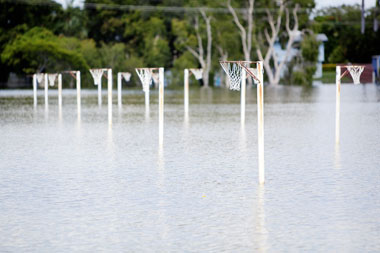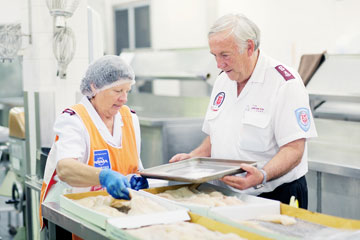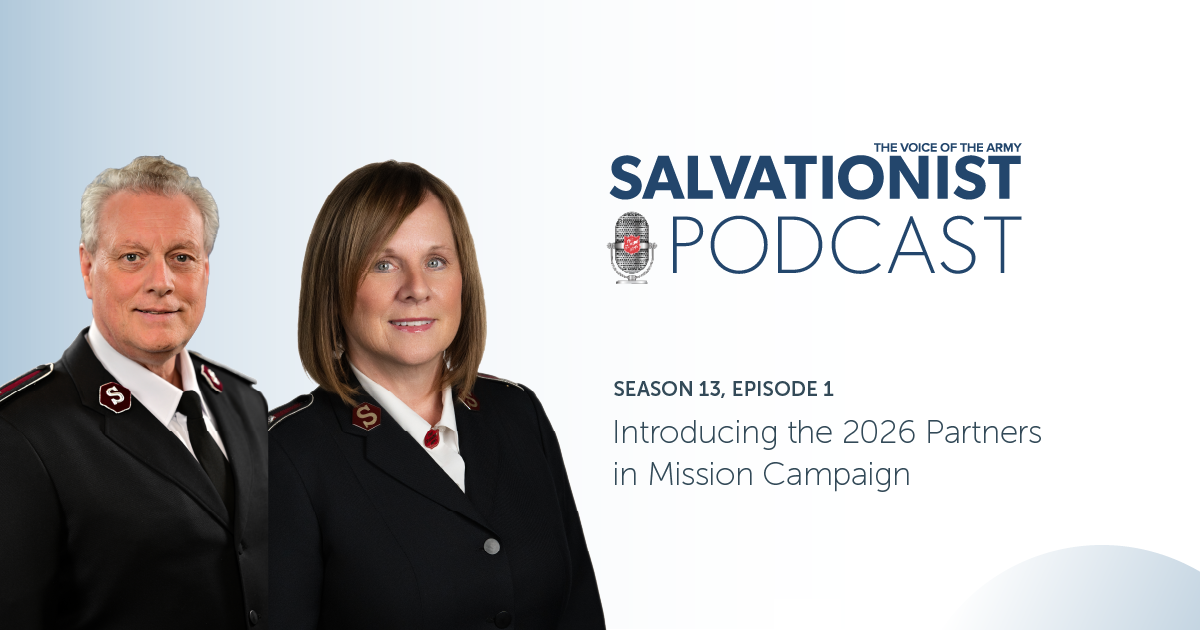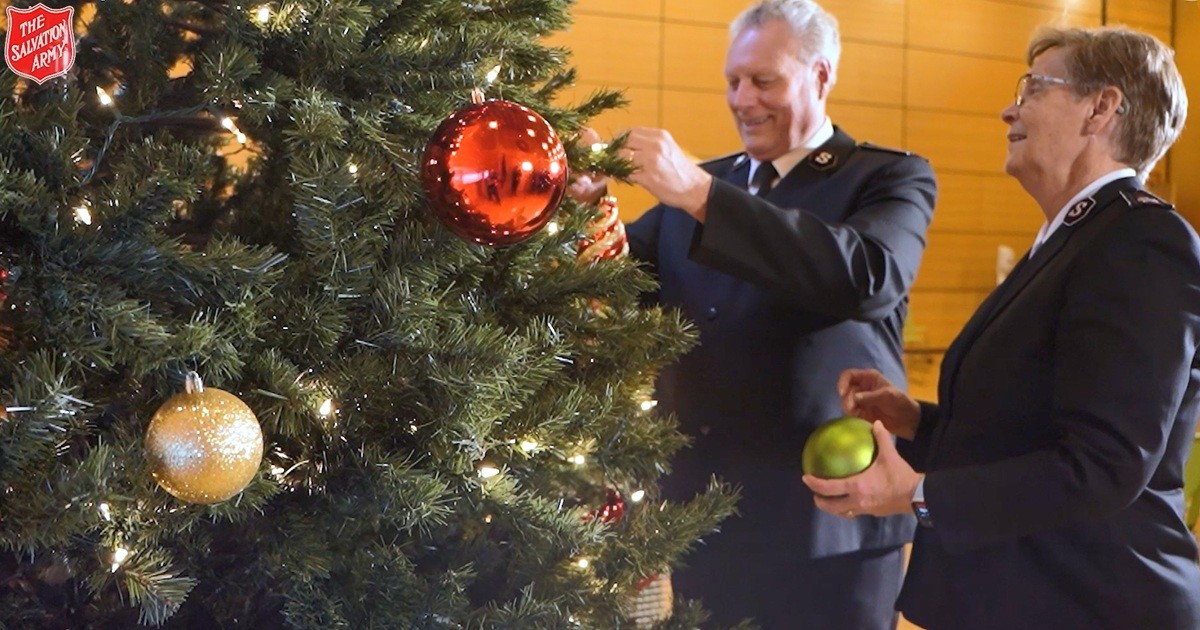 Salvation Army emergency relief volunteers in the Australian states of Queensland and New South Wales (NSW) are working around the clock providing assistance to the tens of thousands of people who have been affected by the current flood crisis. There have been 19 confirmed deaths with at least 61 people still missing.
Salvation Army emergency relief volunteers in the Australian states of Queensland and New South Wales (NSW) are working around the clock providing assistance to the tens of thousands of people who have been affected by the current flood crisis. There have been 19 confirmed deaths with at least 61 people still missing.
In most areas this is the worst flooding for 36 years. A number of Salvation Army properties have been affected. Around 12,000 homes and 2,500 businesses have been flooded in the Brisbane area alone with 118,000 buildings without electricity.
More than 75 percent of Queensland is under flood and adjacent northern areas of NSW are also affected. Rivers have now peaked in many parts of Queensland and residents and emergency workers have begun the massive cleanup operations. Plans are now being put into place for the long-term re-building phase.
The Salvation Army will have direct input into the long-term recovery plans. Major Rick Hoffmann, Divisional Secretary for the South Queensland Division, has been appointed to the Queensland Flood Recovery Task Force. The major's appointment was made in response to a letter from Queensland Premier Anna Bligh to Australia Eastern Territorial Commander Commissioner Linda Bond, asking her to nominate a representative to this task force.
The Salvation Army emergency services teams continue to work tirelessly to feed flood victims, volunteers and State Emergency Service workers as well as providing comfort to the grieving.
In the Brisbane area the Army is ministering at five major evacuation centres – caring daily for more than 2,000 people. More than 200 residents of a Salvation Army aged care facility on the outskirts of Brisbane are among the many thousands of people who have been evacuated.
 Salvation Army captain, Mark Bulow, was in the country city of Toowoomba when a (up to eight-metre high, kilometre wide) devastating wall of water hit on 10 January.
Salvation Army captain, Mark Bulow, was in the country city of Toowoomba when a (up to eight-metre high, kilometre wide) devastating wall of water hit on 10 January.
'Toowoomba is at the top of the mountain range, we never flood,' he said. 'Nobody had ever previously witnessed what we saw on that day. You could hear the wall of water before you could see it. Some kids were playing in the water on the side of the road and people were just yelling at them to get out of the way. Within seconds, cars, industrial containers and other huge objects were being swept down by this torrent of water.
'People were in shock. We couldn't believe it and everyone just went quiet. I just thought, “Is this really happening?” It was one of those things you never, ever want to see again. I felt so helpless.'
Now Captains Mark and Jo-Anne (his wife), together with their emergency services teams, are involved in the relief and clean up effort. 'We are also spending time with a man whose wife and two of his children lost their lives when the flood waters swept away the car in which they were travelling.'
Salvation Army emergency services teams from Toowoomba have been providing relief in a number of smaller country towns up to four hours drive away. 'Everyone is pulling together and we are inundated with community people offering help. These include physiotherapists and counsellors,' said Captain Bulow.

Meanwhile at Ipswich, Majors Bruce and Margaret Dobbie returned home after 11 days of relief work in flood-stricken Rockhampton (600 kilometres north) just in time to be involved in the flood relief at one of the four evacuation centres in their own city.
Salvation Army emergency service teams from non-flood affected areas of Australia are now arriving in Queensland to assist the relief effort. The emergency relief will be required for many days until houses are habitable enough for residents to return home.
Community volunteers and food donations at all flooded centres have greatly boosted The Salvation Army's ability to respond to the crisis.
The Salvation Army Eastern Territory has launched a flood relief appeal.
Photos courtesy of Pipeline









Leave a Comment